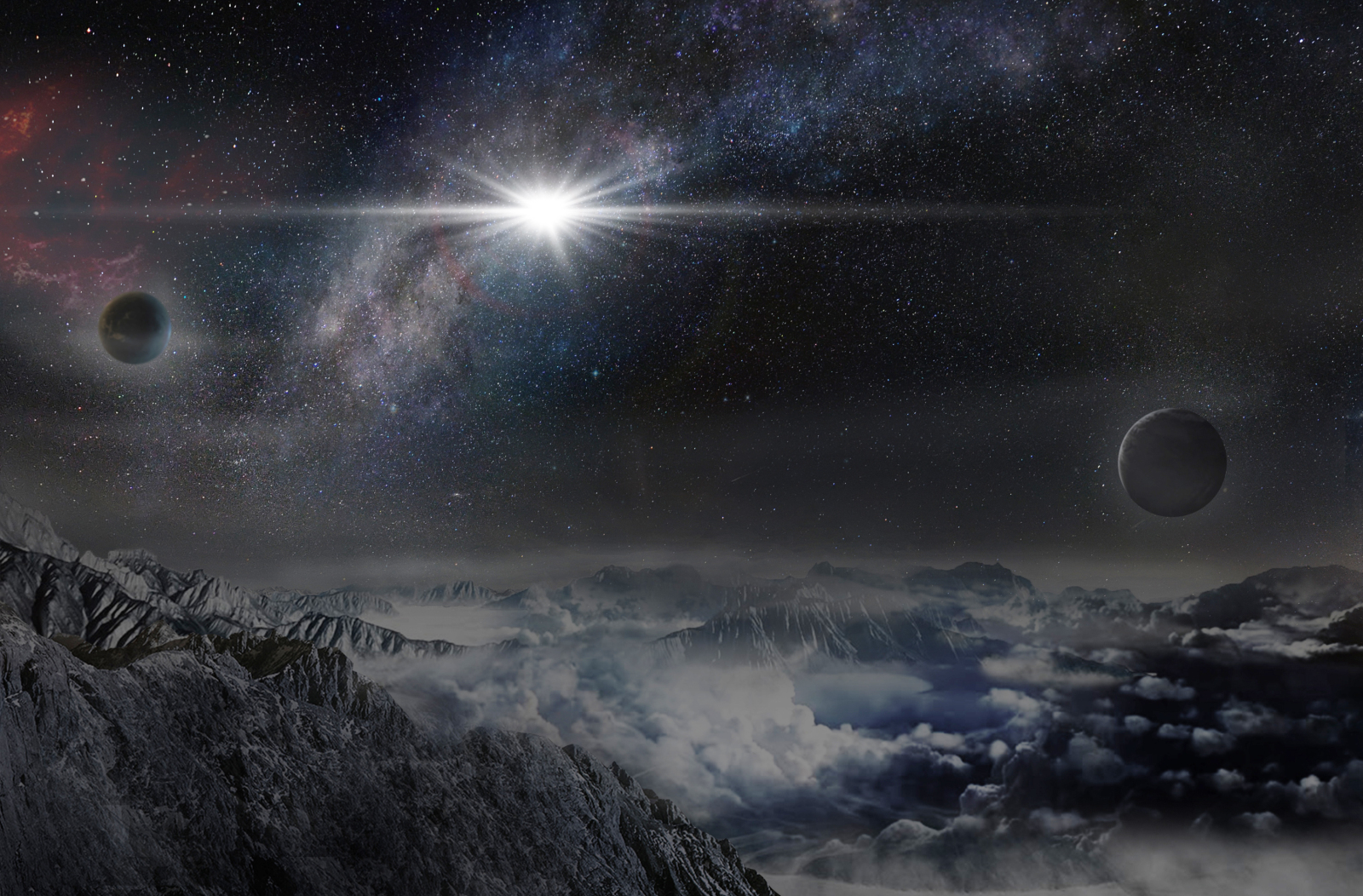One of the biggest explosions ever seen has appeared in a galaxy far, far away, but scientists are struggling to decide what caused it.
An international team of astronomers published their discovery in Science this week, discussing what this new super-bright light in the sky could be. 
The best guess so far is that the explosion is a "super-luminous supernova", which is the cataclysmic explosion produced when a large star reaches the end of its life.
But this explosion was so powerful that it pushes existing theories for how the explosion was triggered to their limits.
"We think we have reasonably good arguments to rule out other explanations," explained author David Bersier, from Liverpool John Moore's University.
The researchers have looked at a range of characteristics including temperature and luminosity to help describe the explosion.
"We think it's not a tidal disruption event, it is not a star that passed very close to a super massive black hole and got ripped apart and essentially we are left with this explanation; it is a single star that exploded."
Super-luminous supernovae are an order of magnitude brighter than ordinary supernovae. "Some of them are powered, in a sense, by the matter that is ejected from the explosion interacting with what is just lying around the star," Dr Bersier commented.
This supernova, catchily named ASASSN-15lh, is more than twice as bright as any supernova seen before and "something like 500 billion times brighter than the sun,"
"Another possibility to explain the brightness is to assume that what triggers the explosion is that the core of the star, where the nuclear reactions are happening, collapses to form a neutron star," Bersier proposed. "In some cases this neutron star may have an enormously large magnetic field and it may be spinning very, very fast."
As this explosion is so much larger than any previously observed, the researchers will be making use of all images they can get of ASASSN-15lh to understand what is happening as it continues to fade and decay.
The exploding star was first spotted in the summer of 2015 using the ASAS-SN (Assassin) network of telescopes scattered across the globe, which this star is named after.
As the Assassin project surveys the entire night sky it is constantly discovering new objects and events.
Surprisingly the telescopes used are not particularly powerful and are similar to those used by amateur astronomers. Software is then used to 'spot the difference' across the night sky for any objects and events worth investigating further.
More powerful telescopes are now being used to continue observations of ASASSN-15lh and there are plans to use the Hubble Telescope later this year.
The success of the Assassin project is in no small part due to the constant surveying of the entirety of the night sky, something not possible with a single larger telescope.
"The sky never sleeps," jokes Bersier. "There is always an Assassin awake, there is always one of us awake somewhere in the world able to do something..."
- Previous Could you climb like Spider-Man?
- Next Four new elements discovered










Comments
Add a comment